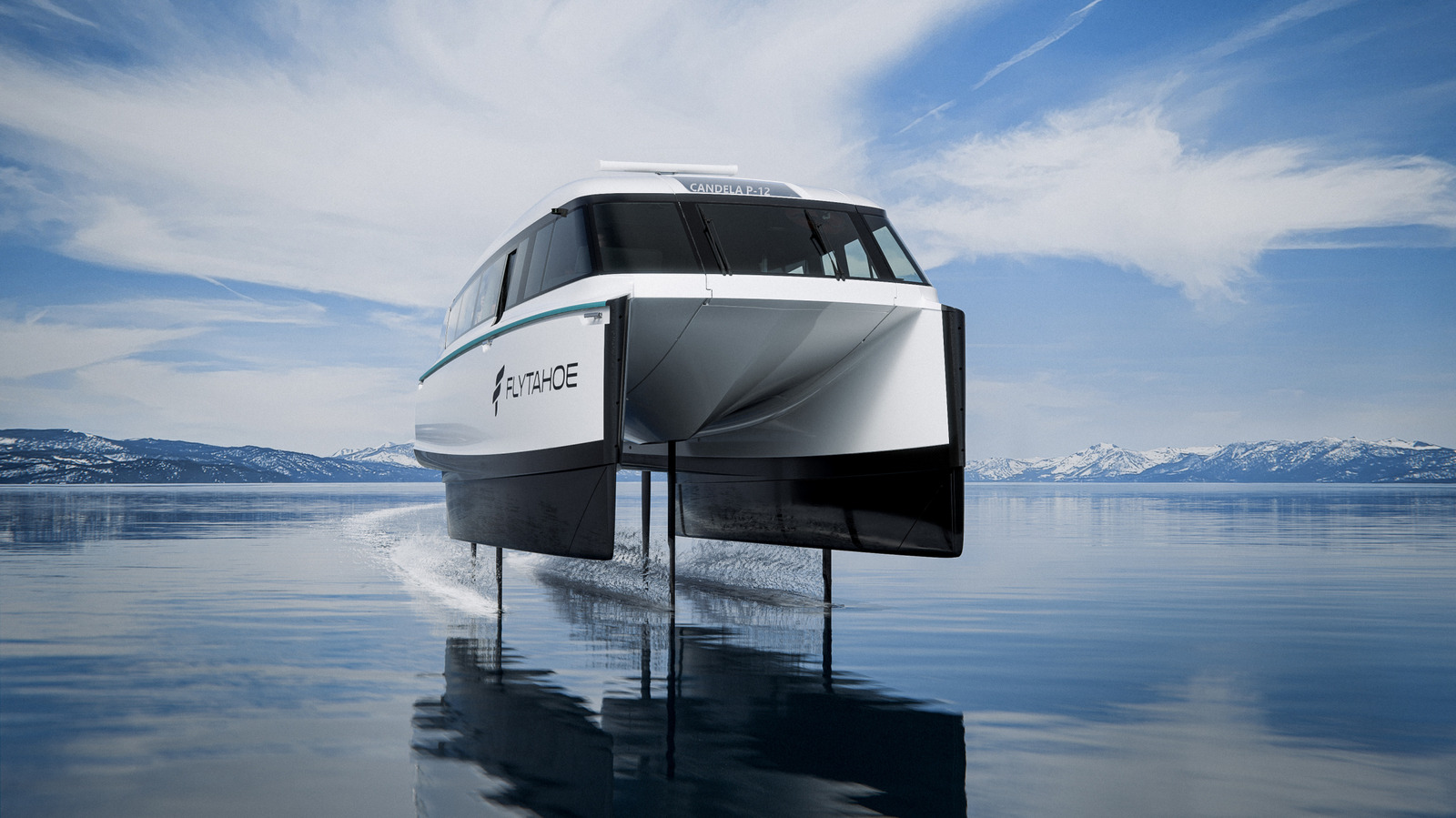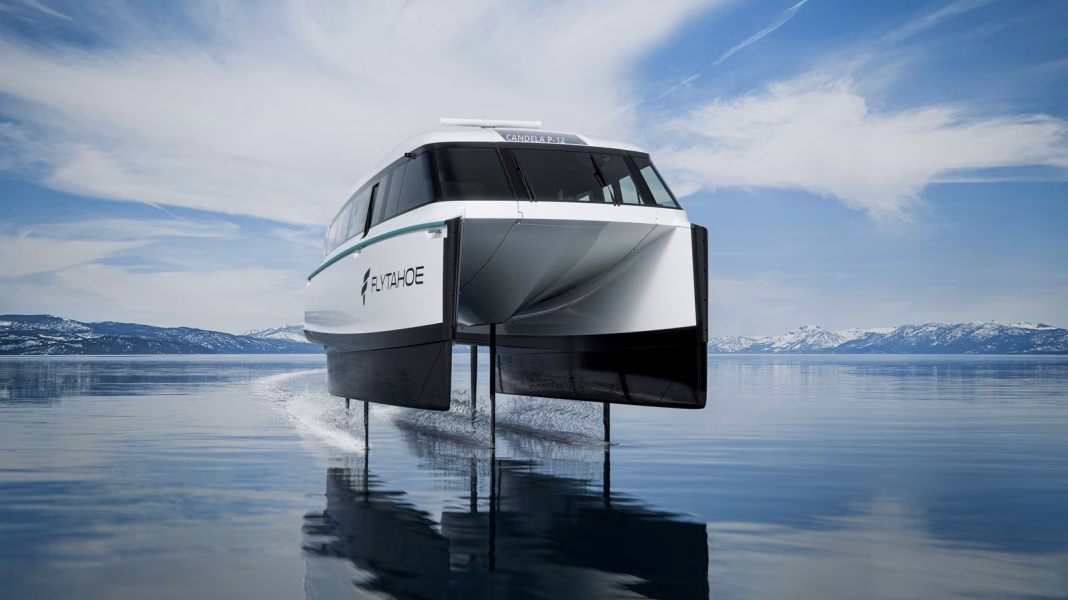The Future of Ferry Transportation: Candela’s P-12 Hydrofoil Revolution
Transforming Water Travel with Innovation
As the world increasingly turns its attention to sustainability and efficiency, the maritime industry is not left behind. Enter Candela’s P-12, a groundbreaking hydrofoil ferry that promises to redefine passenger transport on water. With its remarkable speed, cost-effectiveness, and environmental benefits, the P-12 is set to make waves—quite literally—especially with its upcoming deployment in Lake Tahoe.
Understanding the Hydrofoil Advantage
Hydrofoil technology is not new, but Candela has perfected it in a way that enhances both performance and efficiency. The P-12 operates on hydrofoils, which lift the vessel above the water’s surface, significantly reducing drag. This design allows the ferry to reach speeds of up to 30 knots (approximately 34.5 mph), making it one of the fastest electric passenger vessels available today.
In comparison to traditional diesel ferries, which often struggle with fuel costs and emissions, the P-12 offers a cleaner alternative. According to a study by the International Maritime Organization, transitioning to electric vessels can reduce greenhouse gas emissions by up to 90%. This shift is crucial as cities and regions look to meet their climate goals and improve air quality.
Cost-Effectiveness: A Game Changer for Operators
One of the most compelling aspects of the Candela P-12 is its operational cost. Traditional diesel ferries are notorious for their high fuel consumption and maintenance costs. In contrast, the P-12’s electric propulsion system not only reduces fuel costs but also minimizes maintenance needs due to fewer moving parts.
A recent analysis by maritime experts indicates that electric ferries can save operators up to 40% in running costs compared to their diesel counterparts. This financial incentive is particularly appealing for municipalities and private operators looking to modernize their fleets without breaking the bank.
Real-World Applications: Lake Tahoe’s Upcoming Transformation
Lake Tahoe, known for its stunning scenery and outdoor recreation, is poised to be one of the first locations to embrace the P-12. The introduction of this hydrofoil ferry will not only enhance transportation options for residents and tourists but also align with the region’s commitment to sustainability.
Local authorities have expressed enthusiasm about the ferry’s potential to reduce traffic congestion and provide a more environmentally friendly way to explore the lake. With an expected capacity of 30 passengers, the P-12 will facilitate easier access to popular destinations around the lake, promoting tourism while preserving the natural beauty of the area.
User Experience: Comfort and Speed Combined
Beyond efficiency and cost savings, the P-12 is designed with passenger comfort in mind. The hydrofoil system minimizes wave impact, providing a smoother ride compared to traditional ferries. This aspect is particularly important for passengers who may be sensitive to motion sickness or discomfort during travel.
Moreover, the ferry’s sleek design and modern amenities promise an enjoyable experience for all passengers. As more people seek alternatives to road travel, the P-12 could become a preferred choice for those looking to enjoy the scenic views of Lake Tahoe while traveling quickly and comfortably.
Looking Ahead: The Broader Implications of Electric Ferries
The introduction of Candela’s P-12 is just the beginning of a larger trend toward electrification in maritime transport. As technology continues to advance, we can expect to see more electric vessels entering the market, from cargo ships to passenger ferries.
Industry experts predict that by 2030, electric vessels could account for a significant portion of new builds in the maritime sector. This shift not only promises to reduce emissions but also encourages innovation in battery technology and renewable energy sources, further enhancing the sustainability of marine transport.
In summary, Candela’s P-12 hydrofoil ferry represents a significant leap forward in the quest for sustainable and efficient water transportation. With its impressive speed, cost-effectiveness, and commitment to environmental stewardship, it is set to transform how we think about ferry travel—starting with Lake Tahoe and potentially expanding to other regions around the globe. As we embrace this new era of maritime innovation, the P-12 stands as a beacon of what the future holds for waterborne transport.


